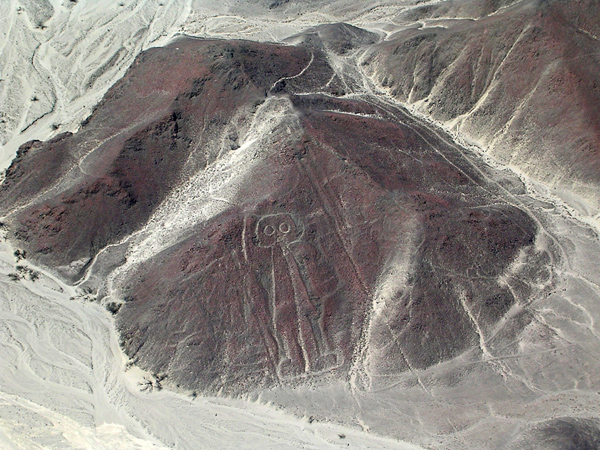To display the site correctly, please, enable JavaScript.
Chapter 6. Drawings of Nazca
| << Previous | Contents | Next >> |
I did not originally plan to try to solve the mystery of the Nazca drawings, because, I thought, it was a futile task. However, now, after disclosing the purpose of the lines, I can say something about the drawings as well.
Let's start with the fact that there are at least two types of ancient drawings in Nazca.
The first one is the most famous. It includes almost all the pictures located directly on the surface of the Nazca desert, many of which are its famous landmarks. Most of them are represented in the table in Figure 1.
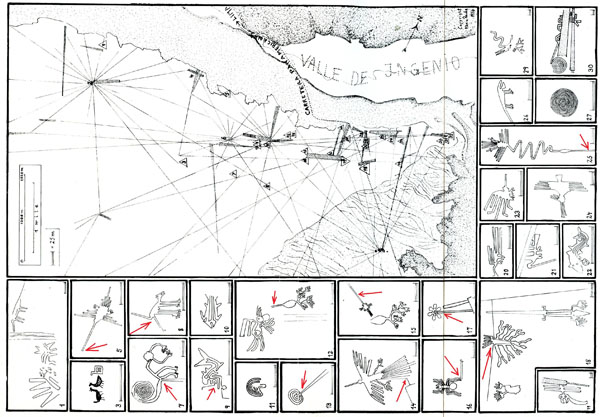
Figure 1. Drawings in the northern end of the desert of Nazca. (From the book by M. Reiche “Mystery on the desert”).
Together with drawings in the southern part of the desert accomplished in similar drawing technique, where sea animals prevail, all of them are located directly on the plain occupying almost horizontal surfaces. Figures 2-7 show how some of hem actually look.
Lines by maens of which they were drawn presnt shallow grooves with the bottom covered by sand or light silty material, that already familiar to us. That is why they can be seen against a dark background of rocky desert.
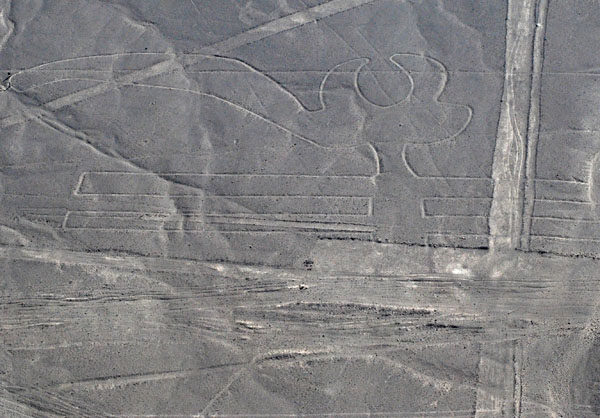
Figure 2. Parrot (Loro). Fragment of Panoramio picture № 45869758.
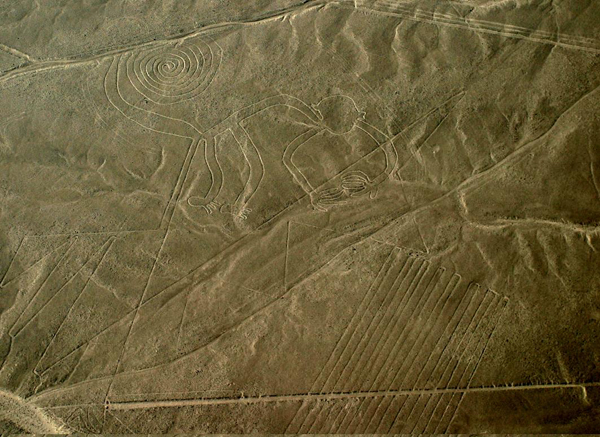
Figure 3. Monkey. Fragment from Panoramio picture № 88605. Looking at this picture and the previous one you can see how the surface of the earth after the restructuring was deformed, and understand the peculiarities of this process in detail. Since the role of erosion was rery insignificant here, water even if it flowed along these lines could hardly do more than mark the bed.
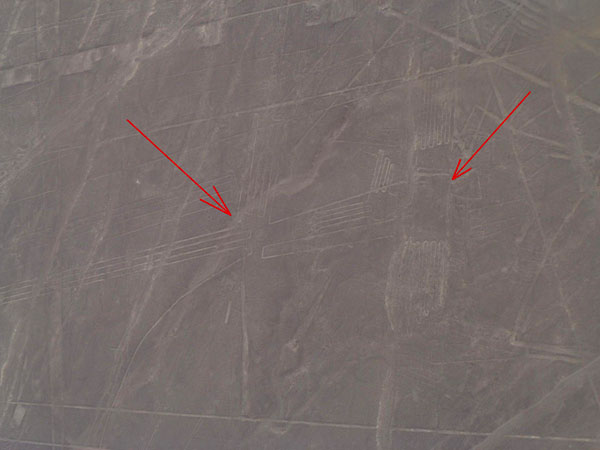
Figure 4. Images of two, most likely, seabirds. The left one with a very long beak did not fit into the picture. The right one has relatively normal proportions. Panoramio image fragment № 68795496.
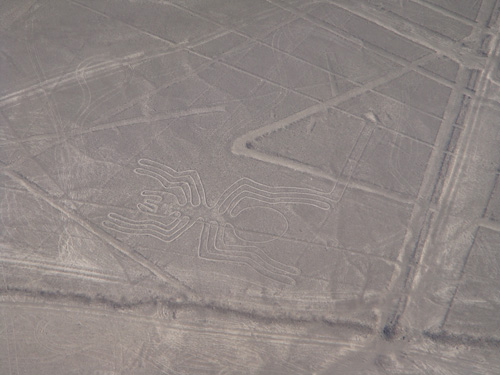
Figure 5. Spider. Panoramio picture № 10072499.
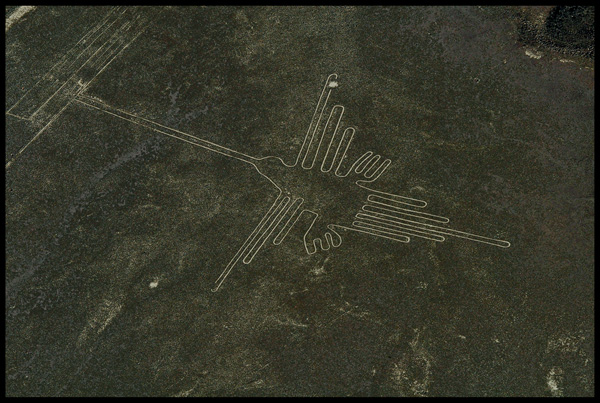
Figure 6. Hummingbird. Panoramio picture № 81785638.
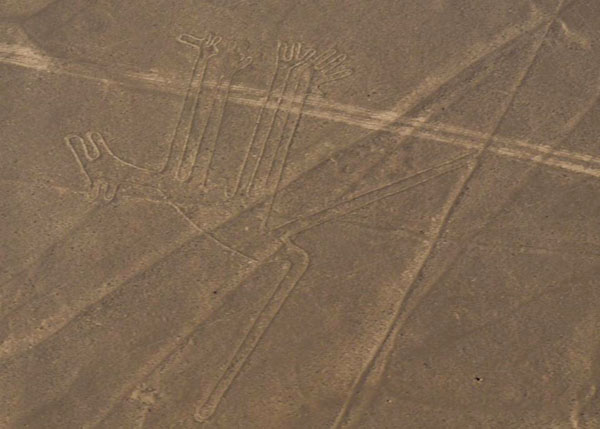
Figure 7. Dog? Fragment of Panoramio image № 14511838.
Another group of drawings are drawings on the slopes. The most famous one is an anthropomorphic figure, so-called “Astronaut” (Figure 8).
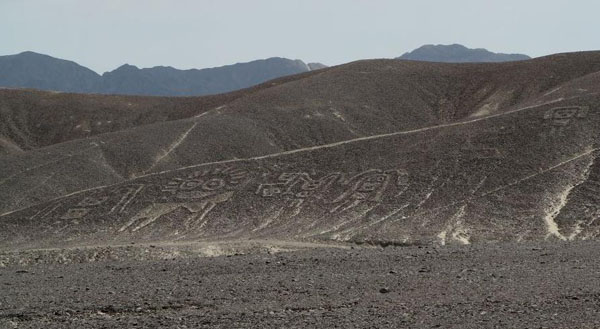
Figure 9. Panoramio image fragment № 9591083.
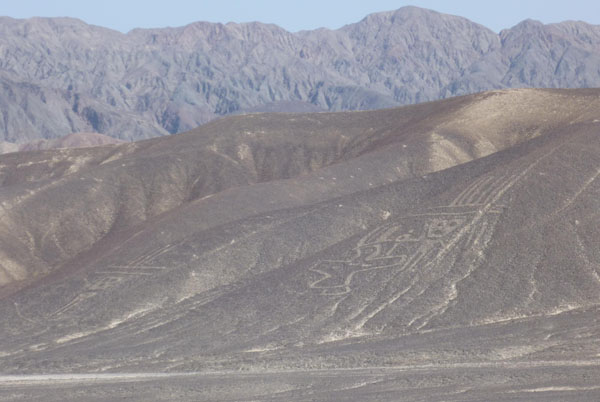
Figure 10. Image of a man with a “hat”.Panoramio image fragment № 55347124.
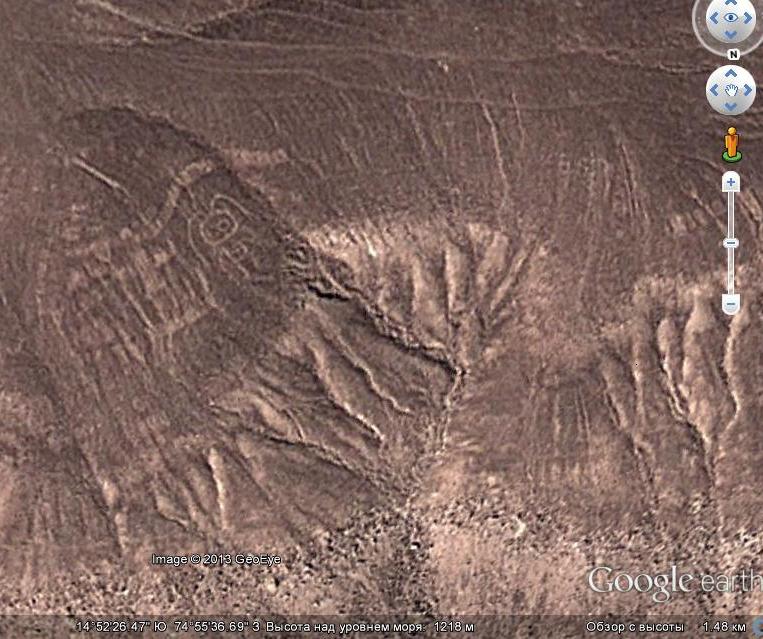
Figure 11. Anthropomorphic creatures. From GE (North is at the bottom!).
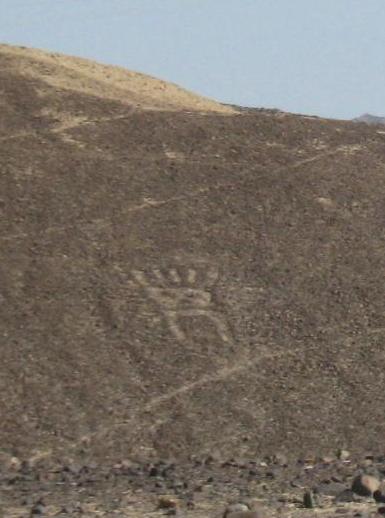
Figure 12. Anthropomorphic creature. Fragment from Panoramio image№ 51560991.
As one can see in these photos the differences between these two types of images are not only in location, but in the drawing technique as well.
Drawings on the desert were accomplished by one continuous line that does not cross itself. One exception is Loro’s eyes made as two barely visible circles, not connected to the main contour. In all other cases all details, even inside of the images, such as a curly tail of the monkey, or feathers of the pelican wings (Figure 13) present one continuous line. Moreover, in all cases where the drawing is in good condition, this line never ends inside the drawing. I.e., the monkey's tail is not just a twisted line, but a double spiral, like we have repeatedly encountered − one line goes to the center, while the other one spins out. Besides, the wings of many birds resemble well known serpentines. This can be seen in Figure 13 of the pelican.
naska_7_13.jpg ¨
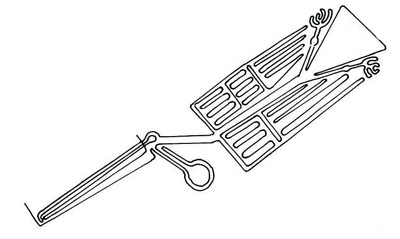
Figure 13. Pelican.
An astute reader must have already guessed what I am trying to say...
That is right. The contour of the drawing on the plain, as well as spirals and serpentines, used to get filled with water. The final argument in this matter was the presence of grooves which connected these drawings to the system of water supply. In Figure 1 they are indicated by red arrows.
In Figures 3, 5, 6, and 7 the places of attachment can be seen in greater detail. One can see that the main line is broken at these points. I.e., water, as usual, is served into the drawing along one branch, and flows out along the other one. These branches are about 1-2 m apart from each other, although sometimes they are separated farther. This is how running character of water flow was provided. It is for the same reason that the ditch forming the drawing does not cross itself. In such places stagnation zones could occur.
It is natural, that such complex curves could be filled with water only on very flat and horizontal surfaces. After the reorganization of the relief it became impossible. Pictures show very well how the surface looks now. It is impossible to revive drawings as they are, water never fill them completely or flow through them. However, the creation of at least one working life-size model would be a wonderful exercise for local enthusiasts and representatives of tourism industry. They could even plant something along such ditches, and then the drawing would turn into a fragrant flower bed or a tapestry made of corn.
Now some features of drawings become clear. In particular, the meaning if fifth leg of the dog or monkey. By the way, there were some most ambiguous suggestions.
It is clear now why the right leg of the spider was extended. Actually, in one paper I read that this species of spiders had sexual organs attached to this leg, and it was for that reason that this leg stood out so much among other legs.
And, I think, now we can stop seeing some “unearthly perfection” and harmony in these drawings, approximation them by means of mathematical curves, and looking for some encoded information in their proportions. Yes, in some cases their creators conveyed some characteristics of the object quite well, the point, the bend the body, some specific details, but there is no reason for such enthusiasm. As it is, we evaluate the work of people, and not those who portrayed chimpanzees or elephants.
And what about the drawings on the slopes? As we see, they were made without any rules. It seems that the only thing that guided their creators, was to make them visible from the plain. The lack of any strict canon in their perfoming, in my opinion, likens them to children's drawings on the pavement. Perhaps, this is why they are considered more ancient than the desert drawings accomplished in a stricter style and characterised by more exquisite graphics. But, according to the above mentioned logic, everything is exactly the opposite. The drawings on the slopes could appear only after the reorganization of the relief, therefore, they were made later.
Perhaps, it will always remain a mystery whether they have some deeper meaning orwere pictures made by the Stone Age teenagers. Looking at the “Astronaut” I would rather believe the latter, but the drawing of something like hats on men’s heads can have some more serious reasons.
Apart from the above mentioned drawings, there are many others in the region. They are found wherever there is sand covers with stones similar to those in Nazca. They were made by using the same technology − by moving stones.
Most of these were made recently, and they report that “There was Pedro or Sancho here”, but there are also figures of unknown purpose, that maight have been made much earlier.
So, the mystery of Nazca drawings opened up a bit. But, I am afraid, we will never understand it fully.
| << Previous | Contents | Next >> |


